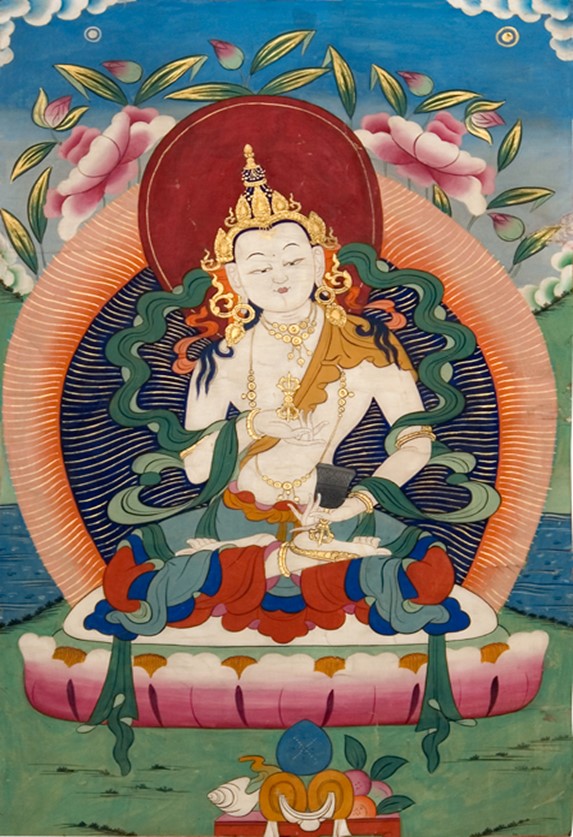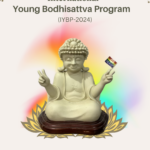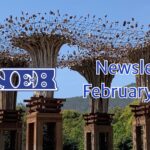
District Lahaul-Spiti, Himachal Pradesh,
India
Vajrasattva (Tib.: Dorje Sempa/Dorsem)
Vajrasattva is the Buddha of Purification. He is the adamantine being, not subject to decay. He transcends the Five Tathagatas [1] or Celestial Buddhas, namely Akshobhya, Amitabha, Amoghasiddhi, Ratnasambhava and Vairochana. He is the embodiment of consciousness of all the Buddhas. The name Vajrasattva means ‘Diamond mind’. Indeed, he is like the vajra (diamond, thunderbolt) [2] itself, that symbolizes the qualities of enlightenment – the diamond’s purity, brilliance and indestructibility, and the thunderbolt’s energy and power.
Vajrasattva is associated with spiritual purification and the overcoming of negative mental tendencies. He represents the highest emanation of the enlightened mind. Vajrasattva practice is common to all the four schools of Vajrayana Buddhism, namely the Nyingma[3], Kagyu[4], Sakya[5] and Gelug[6] schools. It is used to purify obscurations or the mind’s defilements.
Appearance: Vajrasattva’s face is youthful, gentle and luminescent. He wears green and red silk garments and jewels befitting a prince, and his torso curves gracefully in the dancer’s pose.
Visible attributes: With his right hand he holds a gold vajra or dorje to his heart and in his left, at his hip, an upturned ghanta (bell with vajra handle). The vajra represents compassion and method, while the ghanta signifies wisdom. Both method and wisdom need to be combined to attain Buddhahood.
Asana: Vajrasattva sits in the padmasana (lotus posture) with legs closely crossed and the soles of both feet visible.
Seat: He sits on a moon disc, upon a white lotus which is a symbol of fully developed compassion and knowledge.
Photograph and Description by INEB Executive Committee member Kishore Thukral, courtesy of Tusita Divine Art.
Learn more about Vajrasattva’s symbolism and significance below ⬇️
3655




